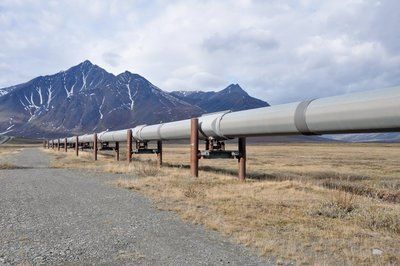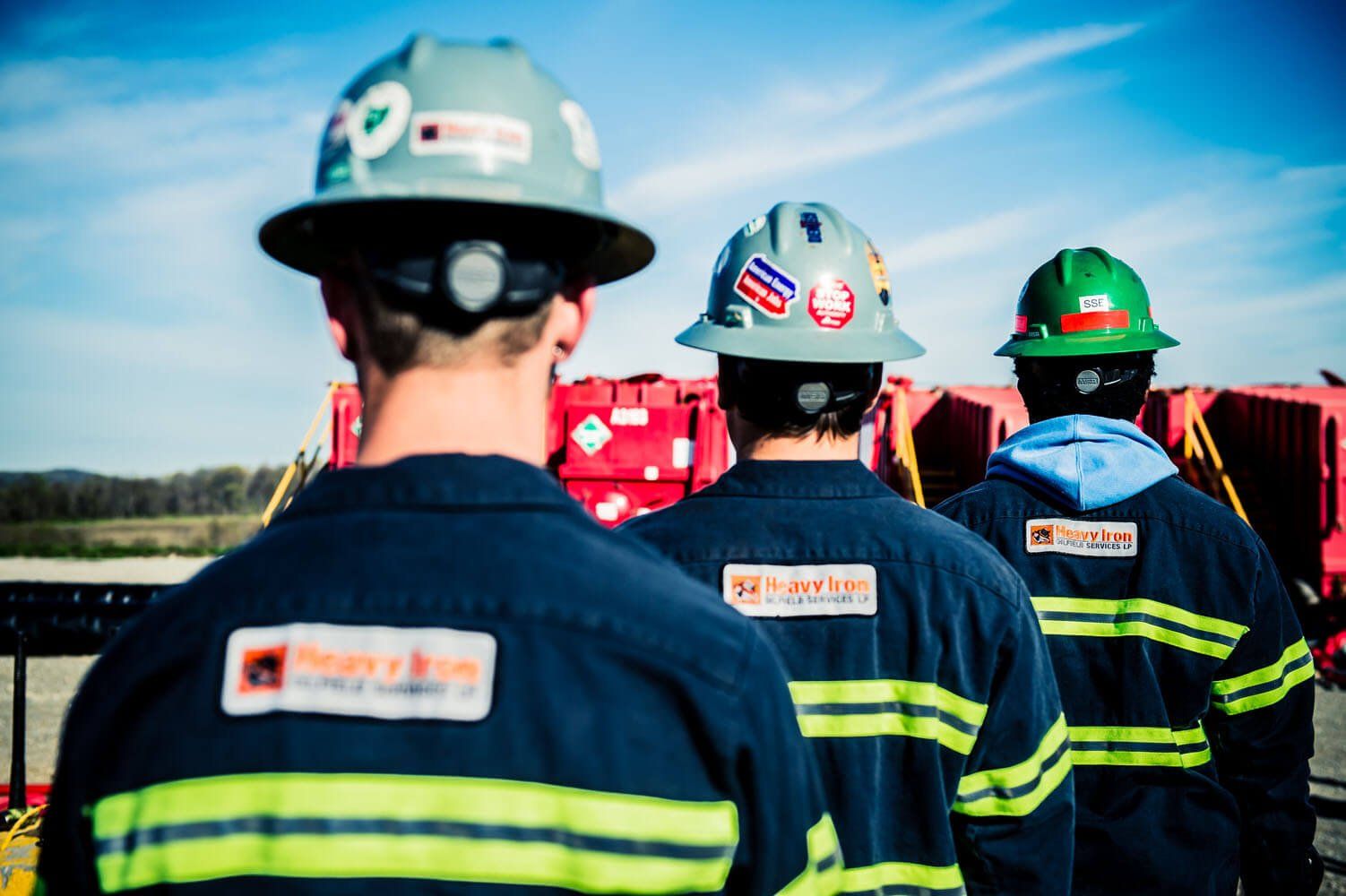HEAVY IRON NEWS
This Supercomputer Could Predict Subsurface Oil & Gas Flows
- By Design Team
- •
- 16 Feb, 2016

THE CHEYENNE SUPERCOMPUTING SYSTEM
PREDICTING SUBSURFACE OIL AND GAS FLOWS

The new Cheyenne supercomputer is expected to be able to make many advanced predictions, ranging from geomagnetic storms to oil and gas flows. The supercomputer will be able to run complex geological and atmospheric models and simulations, which can be designed to predict the likelihood of subsurface oil and gas flows through known data. This information could then be used to locate these subsurface oil and gas flows with a lessened need for manual exploration. With the increased power of Cheyenne, extensive, accurate modeling could be completed in a variety of areas that are likely to have oil and gas flows present.
This supercomputing system could thus become incredibly beneficial to companies within the oil and gas industry, and could reduce the amount of cost and time involved in discovering new oil and gas resources. Further, the supercomputing system will be able to model flows of water, oil, and gas, in order to enhance the understanding of the way these flows behave and operate, which could make it easier for researchers and developers to create new technology dedicated to finding, accessing, and recovering these vital resources.
The Cheyenne supercomputing system is another example of technological innovation that is being used to streamline and facilitate the oil and gas industry. Despite falling oil prices, the United States oil and gas industry has still remained relevant through the use of innovation and technology, by making improvements and reducing the costs related to oil and gas recovery. The Cheyenne supercomputer may be able to streamline the process for oil and gas discovery and make the discovery process more profitable, safer, and faster. For more information about the new trends in oil and gas, contact Heavy Iron Oilfield Services today.
Subscribe to Email Updates
Recent Post

| A new project in development in Oman may be able to revolutionize the way that people think about solar energy and oil and gas. The Miraah project currently being developed will use solar power in order to produce oil, thereby reducing the amount of natural gas Oman residences will need to rely upon. Ideally, the Miraah project will be able to address many of the outstanding issues with solar technology related to energy capture, while creating a more efficient and effective method of oil production. |








